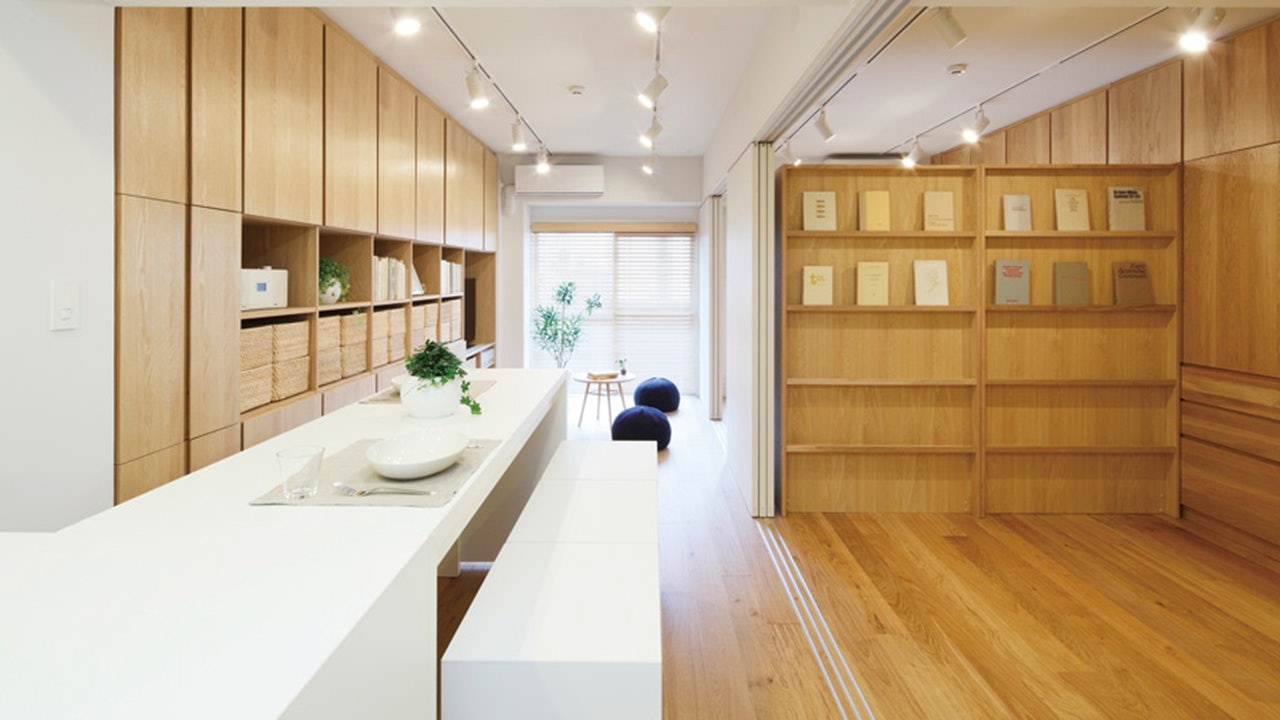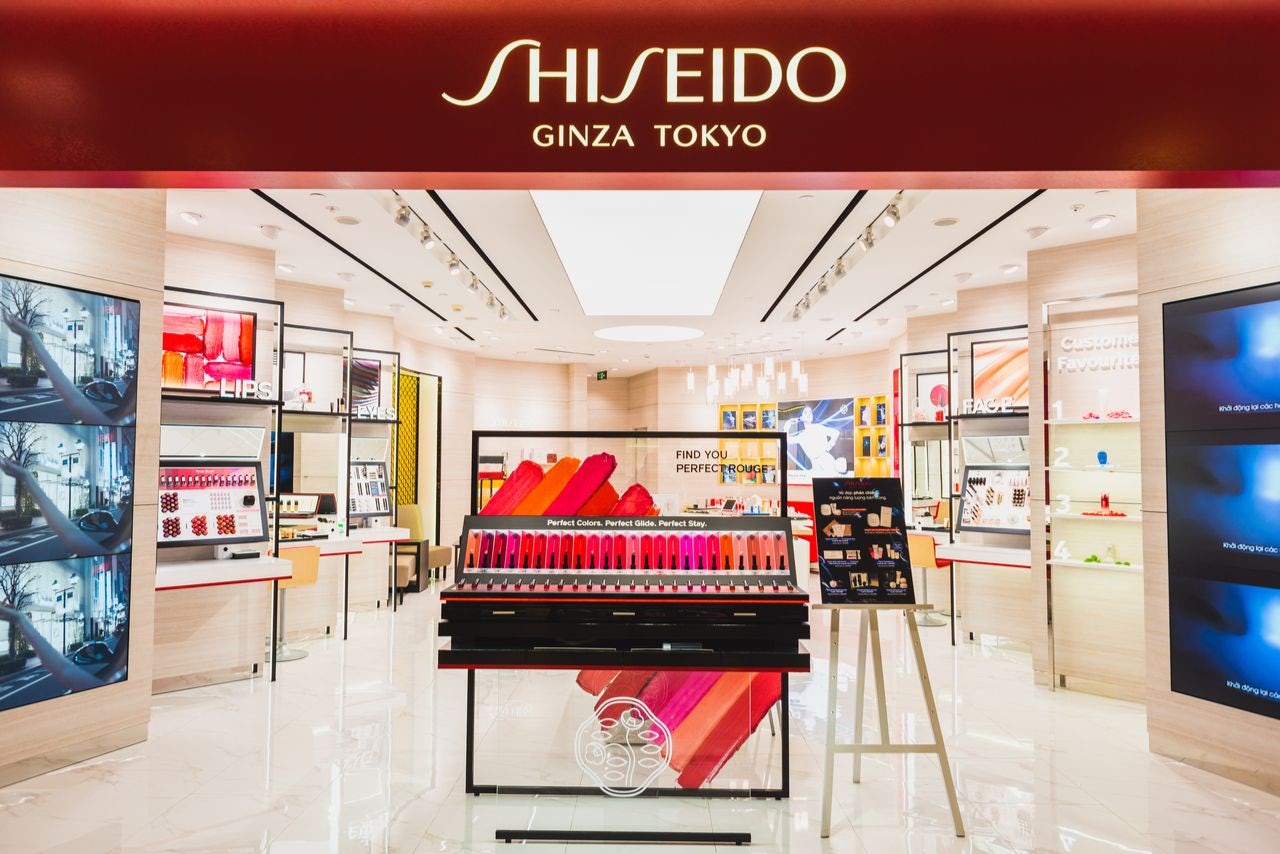To reaffirm itself as one of Japan’s esthetic leaders, the retail company MUJI has decided to step into the residential home design and construction world by launching MUJI INFILL in China. In December 2019, the brand announced the debut of this new project, which is a one-stop home improvement service set to help Chinese consumers with everything from home decor and design to full construction. According to the company, MUJI INFILL covers a client’s entire space, from roofs, walls, windows, and floors to everything in between. MUJI’s products — such as sofas, beds, boxes, and other gadgets — will fit neatly into these spaces to afford Chinese customers a simple yet elegant MUJI-style home.
Established in 1979, MUJI is commonly known for making high-quality products that bear no logos. Covering fashion, furniture, makeup, stationery, and household appliances, the brand is now bringing more of its signature “simplicity” and “minimalism” to Chinese fans. After being asked many times over the years about MUJI prefab homes, the company finally decided to launch this business to help Chinese customers enjoy an authentic Japanese lifestyle among other choices within China’s booming housing market.
Aside from responding to their loyal fans, MUJI’s new China business is being seen as a desperate move to save their market share, which has suffered negative growth in China since 2018. The Japanese company’s "2019 price change review" showed it cutting prices for the 11th time in the past five years in mainland China, yet customers’ complaints about MUJI’s high prices never seem to stop (even though the brand reduced their prices by 25 percent recently). MUJI products like bedding, clothes, aroma diffusers, and suitcases (which are a hit in China), are promoted with special discounts every month in the country, but it hasn’t helped the company’s bottom line.
At this point, introducing a new project in China for well-educated lovers of Japanese esthetics is a smart bet. The target market for this service — young Chinese customers between the ages of 20 and 35 — are often exposed to Japanese culture in the forms of television dramas, animation, idols, and subcultures. And with increased social and work pressures, this generation is more reliant on simple, efficient commodities. This means they’re naturally open to the MUJI philosophy, which has been made visible in the calm and ordered creations by designers Kenya Hara and Namba Kazuhiko.
“[It’s] a soft opening, but we’ve received a bunch of reservations and inquiries, and some of them are from big fans of the designer,” said a store manager at MUJI INFILL’s Qingdao location. He added that much of the interest in MUJI INFILL comes from customers that have dreamt of having a genuine Japanese-style home but didn’t want to buy all the parts and services from overseas.
“Actually, it’s not only young clients who are eager to get some Kenya Hara products for their apartments,” the manager adds. “Middle-aged people are also passionate about having a MUJI-style home.” MUJI INFILL provides an entire package service, and appliances — provided by local vendors — are included to match the style and design.
In Japan, MUJI has been offering residential architecture services in the form of changeable one-room homes since 2004. The one-room concept comes out of architect Kenya Hara’s idea of “emptiness,” meaning the entire room is designed to be a single living space without dividing walls. MUJI aims to make a limited amount of space more efficient for customers. This is an in-depth business move that boosts sales by making all MUJI items function harmoniously. This, in turn, extends MUJI’s simple and efficient culture and helps trigger a need or desire for more merchandise.
Unlike their island neighbors, many Chinese people still blindly believe that bigger houses are better, and they’re often granted their wishes thanks to the magical speed of Chinese construction. Will this be a conflict with MUJI INFILL’s minimalist concepts? According to Yao Yao, a senior interior designer working in both the US and Japan, understanding “what is available” is key to MUJI INFILL’s success in China. “After all, China’s construction market is different from Japan’s,” he states. “‘Small but beautiful’ is kind of common sense in Japan, and extreme pursuits of details are in their blood. Then key parts such as local building material, purchasing budget, timeline as well as communication costs could all affect the final realization of the design of Chinese homes.”
Thus far, local players in China have dominated the decoration and construction market. Brands like Oppein Home, Homekoo, Suofeiya, and Holike are battle-tested in the custom-made furnishings market, while other big players such as Macalline and Juran have become driving forces in the home business over the years. These companies have been shaping and leading this market on the ground by taking advantage of well-established logistics networks and low-cost materials.
But, fortunately for MUJI, it has a partner in China: the well-known local home improvement provider Haier Home, which is helping reduce the risk of entering into this competitive arena. After three years of negotiations, MUJI struck a deal for Haier Home to complete their customized construction services in China. It’s a strategic move that ensures outstanding design concepts with solid support from supply chains, construction companies, and follow-up service.
But with stagnation in MUJI’s retail stores, how long can the brand count on fans' enthusiasm for its latest offering? Yao Yao told Jing Daily that the price will always have the final say. “Chinese customers have multiple channels online or offline to reach cost-effective products,” she says. “They are richer but more cost-conscious. I think middle-class customers with higher income and quality-of-life pursuits will be attracted by MUJI INFILL for sure.” But she also points out the lack of brand identity for MUJI’s less-is-more style may keep some potential customers from opening their wallets.

